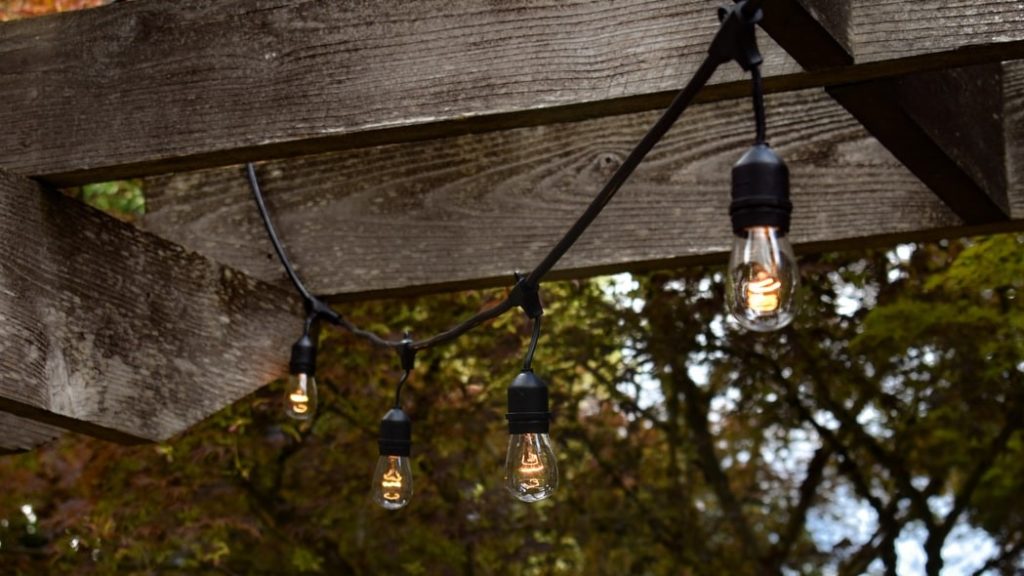There are several different options for outdoor lighting. How do you begin to choose the right lighting for your space?

There’s not much that makes as big of an impact on a walkway, tree, or outdoor space as some mood lighting. Although your garden or walkway lighting won’t shine quite as brightly in the daytime, the outdoor lighting you choose can make a huge difference to the functionality and look of the space after dark. There are several different options when it comes to outdoor lighting. How do you begin to choose the right lighting for your space?
What’s Your Lighting Goal?
Before you shop for outdoor lighting, it’s important to determine what it is that you want your lighting to do. Do you want to illuminate a path? Maybe you want to highlight a particular garden element like a nice plant or a fountain. Do you need to brighten stairs to help prevent falls? There are so many different types of garden and walkway lighting available today. Identifying your needs ahead of time can help narrow your focus and your frustration before you begin.
Location May Determine the Type of Lighting
Next, your lighting location should be considered. There are plenty of benefits to choosing a wired lighting system. However, if your garden is far from your home, you may need to bring an electrician onto the project to properly run the wiring to the location. If that’s not an option, consider solar lighting kits. Although a freestanding solar panel can be installed to power all your lights, many lighting kits are made of lights fitted with individual tiny solar panels.
Solar Lighting
Solar garden walkway lighting is undoubtedly a convenient option, but it won’t work for every space or every need. Because solar lighting is powered by the sun, the location of your solar panels is vital. Bright, direct sunlight is best for charging these lights. If you live in a location that tends to have a lot of cloud cover or your vegetation is dense, you may not have enough potential charging hours.
Generally, solar-powered lights need to be recharged daily. The darker, colder months of the year may present a problem, even if the lights are in an ideal location.
Many solar systems are also built to be disposable. Be prepared to spend quite a bit more over time than you might expect for a low-end plastic solar light. There are solar lighting kits made to last much longer, but you need to look for light sets made with metal bodies that allow you to change the bulb as needed.
Low Voltage Lighting
Low voltage landscape lighting receives continuous power from your electrical system, allowing them to work on demand. Some homeowners worry this means they’ll run all day long and result in a high electricity bill. Low-voltage LED outdoor lighting uses 15-20 percent of the electricity we use with halogen or incandescent bulbs. This means far lower energy bills.
In addition, most lighting systems are set on a timer designed to turn on at or near dark and turn off at sunrise, or on-demand, or both, depending on the system you’re using. On-demand systems come in pretty handy when checking out weird noises outside and for the occasional furry creature.
Need Help Selecting the Right Outdoor Lighting?
There are a whole host of professionals who can help you make these important lighting decisions, based on your specific situation. For example, if you want to know if your site is suitable for solar lighting or needs a permanently powered lighting solution, calling an electrician into the project can get the right answers quickly. If you already know the type of system you’d prefer but aren’t quite sure about how to configure your lighting system to meet your goals, a landscape lighting professional may be an excellent investment.
Photo by David Pennington on Unsplash